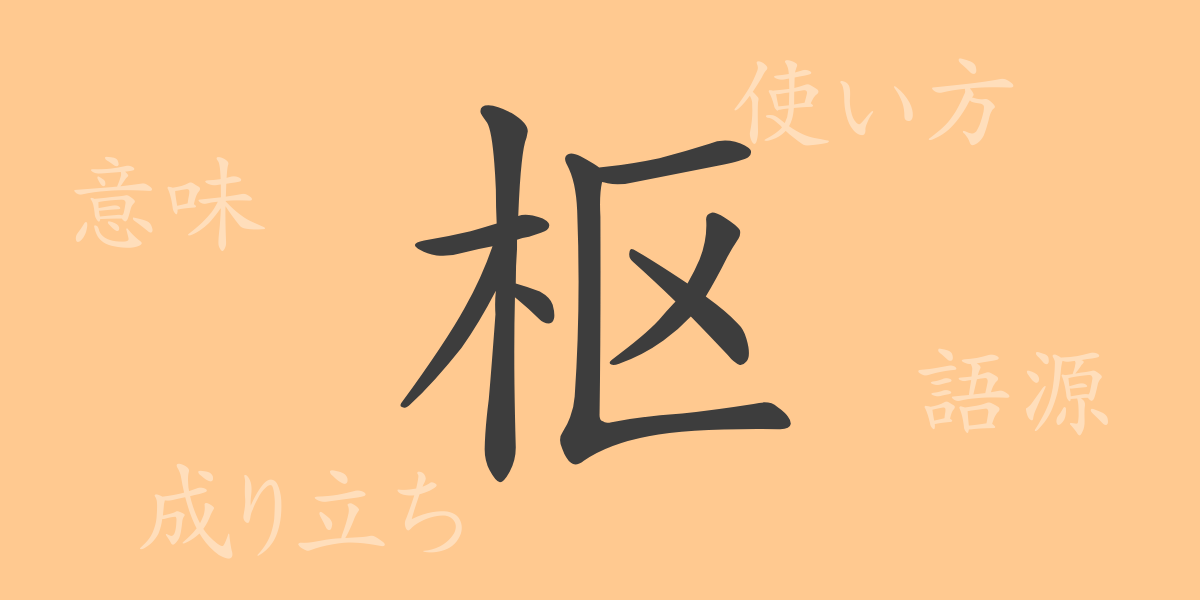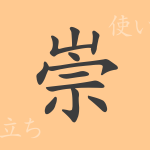In Japanese culture, each kanji character holds a profound meaning and history, shaping the richness of the culture. One such common kanji is ‘枢’ (スウ). This article delves into the etymology, meanings, usage, readings, and phrases related to ‘枢’, enriching your understanding of this character and its significance in everyday Japanese language.
Origins of 枢
The kanji ‘枢’ has its roots in ancient China. Originally written as ‘隨’, it combines ‘木’ (wood), representing wood, and ‘区’, indicating a hinge, symbolizing the crucial rotating part of a door or gate. Over time, this concept evolved to metaphorically represent the central or pivotal parts of broader systems and structures.
Meaning and Usage of 枢
‘枢’ primarily means ‘center’ or ‘hinge’, reflecting its role in physical and metaphorical pivoting points. It also denotes the core or crucial part of a system, such as in governance or organizations, where ‘枢’ is often used to describe the central functions or roles within complex structures.
Readings, Stroke Count, and Radical of 枢
The character ‘枢’ offers insight into its construction and significance in Japanese:
- Readings: On’yomi ‘スウ’, Kun’yomi includes ‘とぼそ’.
- Stroke Count: 8 strokes.
- Radical: Wood radical (‘木部’).
Phrases and Idioms Using 枢
‘枢’ appears in various idioms and phrases that reflect its nuanced implications in Japanese:
- 枢要 (すうよう): Denotes the most critical or essential aspect of an issue.
- 枢機 (すうき): Critical point or moment that could influence the direction of events.
- 枢軸 (すうじく): The central axis of an operation or system, or figuratively, a person or thing that plays a pivotal role.
- 枢密 (すうみつ): Refers to the heart of secrecy or handling confidential matters.
Conclusion on 枢
The kanji ‘枢’ plays a vital role in Japanese, from its literal meaning of a physical hinge in gates to its metaphorical use in describing pivotal elements in various contexts. Its application ranges from politics to mechanics, underscoring the complexity and depth of Japanese expressions. Through this exploration, we gain a deeper appreciation of ‘枢’ and its contribution to the richness of the Japanese language.

























